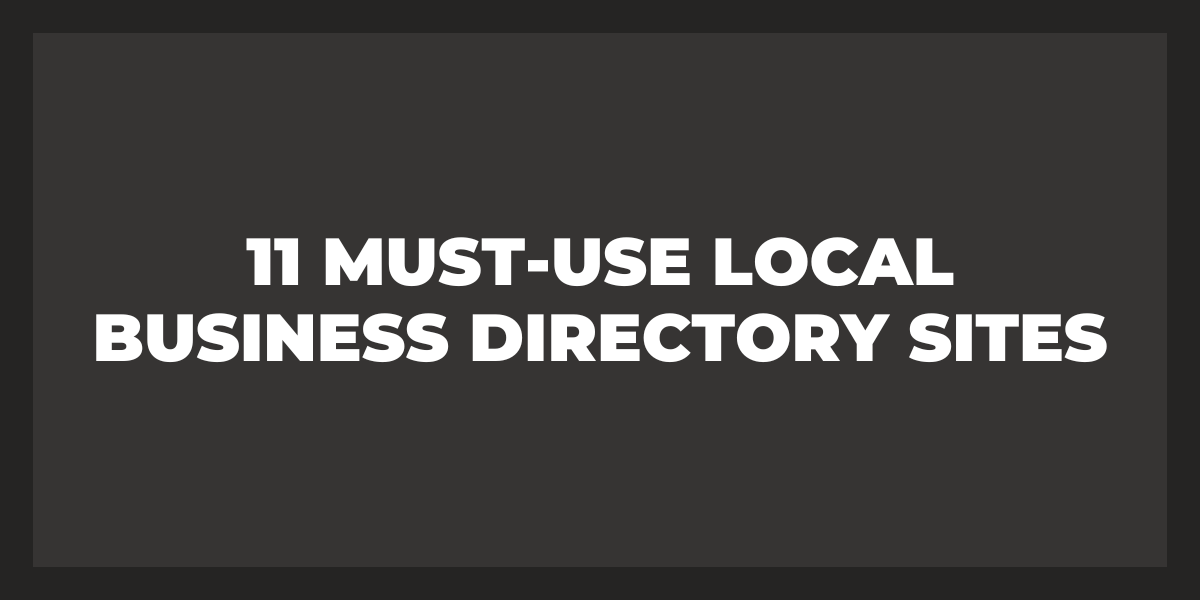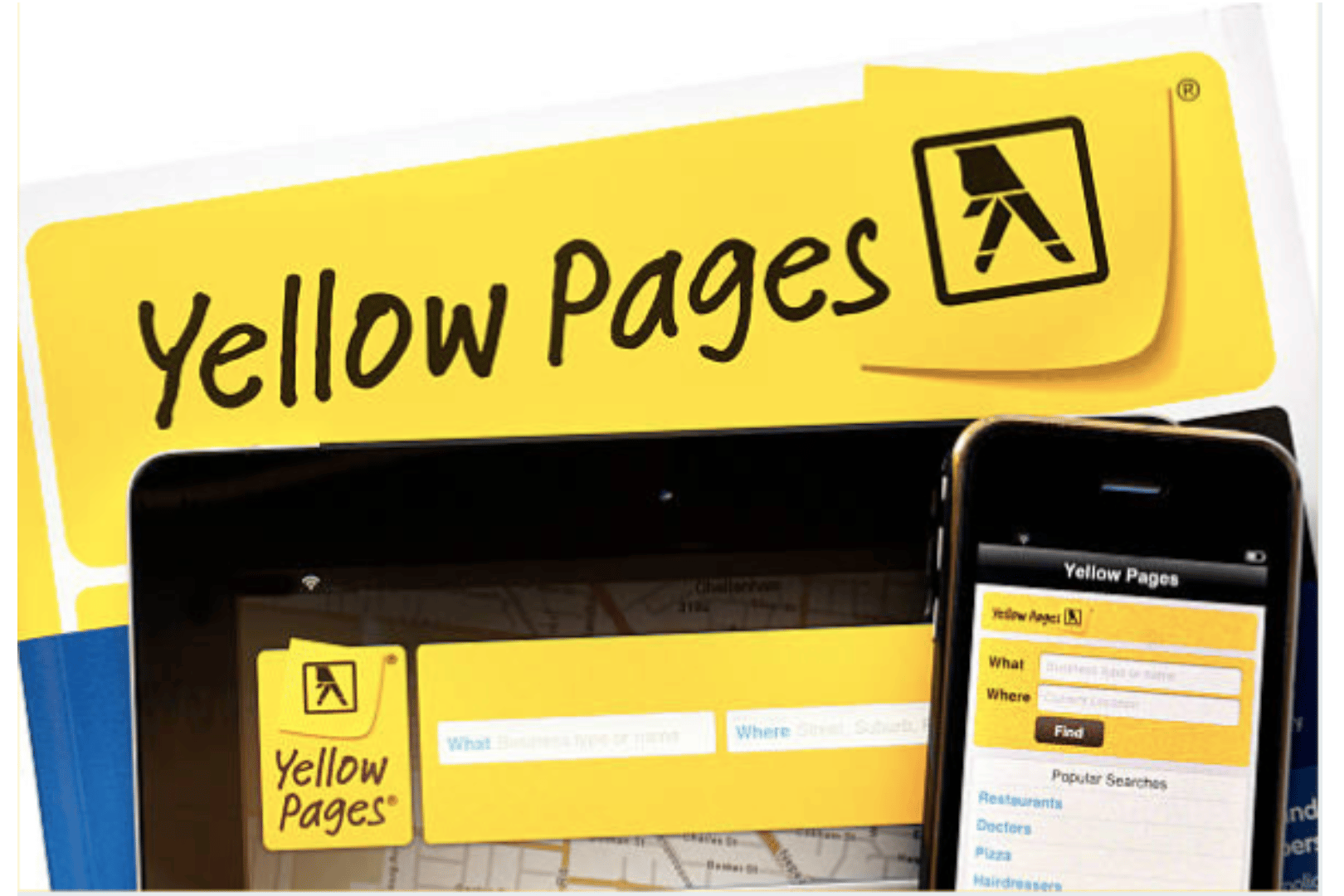Do you want to get your website found by search engines? Then one of the first steps is to find and create a sitemap URL. A sitemap helps search engine crawlers understand what pages are on your website, how often they are updated, and how important each page is to other pages on the site.
In this blog post, we’ll discuss why having a sitemap can be beneficial for SEO and provide some tips on finding or creating one quickly and easily. So let’s get started!
What is a Sitemap?
Sitemaps are generally XML files that list URLs and additional information about each URL, such as when it was last updated, how often it changes, and how important it is relative to other URLs.
- Allows search engines to crawl the site more intelligently and efficiently than if they had to crawl every page manually.
- Provides valuable metadata about pages on your site, such as when they were last modified and how often they change, which search engines can use to determine website freshness scores.
Why Do You Need to Find a Sitemap?
- Provides structure and navigation to help visitors find what they’re looking for quickly and efficiently.
- Makes it easier for search engines to crawl your site, index your content more accurately, and boost its ranking in the SERPs (search engine results pages).
- Allows visitors to get where they need to go with minimal effort or confusion while ensuring that search engines sitemap index your content correctly.
What Are The Sitemap Formats?
Several different types of sitemaps can be used based on the needs and preferences of the website owner.
XML Sitemaps
XML Sitemaps are written according to specific standards, which allows them to be easily read and understood by any search engine. It enables website owners to provide detailed information about their content, including page titles, last modified dates, short descriptions, frequency of updates, and more. This helps search engines rank pages accurately and ensure users can find them quickly and easily.
HTML Sitemaps
HTML Sitemaps are another type of sitemap that can be useful for websites. HTML Sitemaps provide a single page containing links to all or most of the pages on a website. They can be helpful for visitors who want an overview of what is available on a particular site without having to navigate through multiple menus or levels.
RSS Sitemaps
Some websites use RSS Sitemaps (or Simple Syndication) to keep content up-to-date across different networks or platforms. RSS feed can provide a list of headlines with links to related web pages or articles so that readers can quickly access new content without a sitemap manually visiting each page individually.
Image Sitemaps
Image Sitemaps allow website owners to inform search engines about images in their web pages and other multimedia files such as audio or video clips. This helps ensure search engines appropriately index these files so they appear in relevant searches and correctly when shared outside your domain.
Best Ways to Find Your Sitemap
Use a Website Crawler
These tools are designed to crawl through a website and generate an organized list of URLs, making it easy to locate your sitemap quickly. Using a crawler can also get insights into how a search engine may index your content, which can help improve your SEO.
Check the Source Code
If you’re comfortable with HTML, you can view the source code of any page on your site and look for ‘sitemap’ in the head section. This should give you direct access to the XML file that contains information about all URLs associated with your site.
Use Robots.txt File
This text document defines rules search engine robots use when crawling and indexing websites; most websites include a link in their robots.txt file pointing to their sitemap’s location on the web server.
Advanced Ways to Find Your Sitemap
Use Keywords in URLs
This will help search engines understand what each page on your site is about and index it accordingly. Ensure that each URL contains relevant words or phrases related to the content so that when users search those terms, they’ll be directed toward your page more easily.
Create User Intent Categories
Another helpful tactic for constructing an effective sitemap is designing categories around user intent rather than topics alone. Consider why someone might visit one particular page over another and similar group pages together based on this intention or purpose – such as “products.”
How to Find Your Sitemap on Shopify
- On Shopify, navigate to your admin panel’s “Online Store” section.
- Click on “Navigation,” and then you will see a link called “Sitemaps” in the submenu.
- Clicking this link will bring up your store’s sitemap, which contains all the pages of your website.
How to Find Your Sitemap on Squarespace
- For Squarespace, open the main dashboard and select “Settings” from the left menu. Underneath “Webmaster Tools,” you should find a link that says “XML Sitemap.”
- Click this link to view and access your site’s sitemap file.
- You can also use this same page to submit your store’s URL to major search engines like Google and Bing so they can better index and rank your website’s content.
How to Find Your Sitemap on WordPress
- The easiest way is to navigate to the root of your website and search for a file called “sitemap.xml.”
- This should be located in the root folder, and if you cannot find it there, it may also be in the “/wp-content/” folder.
- If you use a plugin such as Yoast SEO or Jetpack, you can also find the sitemap by navigating to the plugin settings menu and looking for an option called “XML Sitemap automatically”
- Once enabled, your sitemap will automatically be generated and stored in the “/wp-content/uploads/sitemaps/” folder.
What Do I Do Next With My Sitemap?
Maintain Sitemaps
Once you have created your sitemap, it is essential to ensure that it is properly maintained and updated. A sitemap should be updated as soon as changes are made to the structure of a website or when new content is added.
Update it Regularly
Regularly updating your sitemap will help Google search operator’s engines index and crawl your site more efficiently.
Submit Data to Google
Additionally, submitting your newly created sitemap to search engines webmaster tools like Google Search Console and Bing Webmaster Tools will help them discover any URLs on your website that might not already be indexed.
What If I Can’t Find My Sitemap?
Check Source Code
First, check the source code of your website for any references to the sitemap file. This can often be accomplished by using a web inspector or developer tools.
Use CMS or Hosting Providers
Using a content management system (CMS), such as WordPress, you can find the sitemap in the settings menu. Additionally, your hosting provider may have access to a control panel where you can set up and manage multiple aspects of your website, including the sitemap.
Call an Expert
Another option is to contact a qualified web professional to help you properly locate and configure your sitemap. Many hosting providers also offer tutorials and other helpful resources on setting up and managing a sitemap for your website.
Look into Tools
Furthermore, if you have registered with Google Search Console or Bing Webmaster Tools, each platform should have an area that allows users to manage their site’s sitemaps.
Frequently Asked Questions
How do I find a sitemap on Google?
To find the sitemap for a website on Google, type in “site:example.com/sitemap” (replacing example.com with the URL of the website in question) into Google’s search bar and press Enter or Return. You should then see a link to the website’s sitemap of sitemaps. Click on this link to view and access the sitemap(s).
How do I get an XML sitemap?
To get an XML sitemap, you can create one yourself by manually creating the code or using a website generator. Some content management systems (CMS), such as WordPress, have plugins that will automatically generate XML sitemaps for you. Once created, submit it to Google Search Console and Bing Webmaster Tools.
How do I get an HTML sitemap?
To get an HTML sitemap, you must first create a list of the web pages on your website. This can be done manually, or you can use a free online tool to generate the HTML code for your sitemap. Once that’s done, upload the sitemap file to your server and add it to your website. Finally, submit the sitemap to popular search engines like Google so they can index it and make sure all of your web pages are included in their results.
Is a sitemap visible on a website?
A sitemap makes it easier for search engines to crawl and index a website’s content and for visitors to navigate the site structure. Additionally, sitemaps can include necessary metadata, such as when a page was last updated, helping search engines better classify content and display more relevant results.
Concluding Thoughts
If you need help creating or maintaining yours, consider reaching out to professionals who specialize in SEO services so that your site will have every advantage when it comes to being found online.














